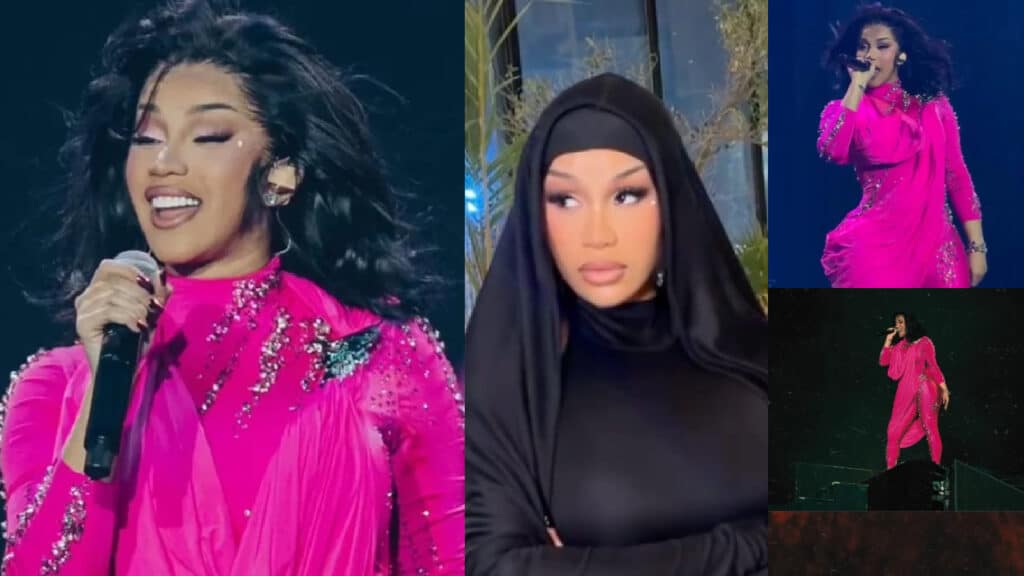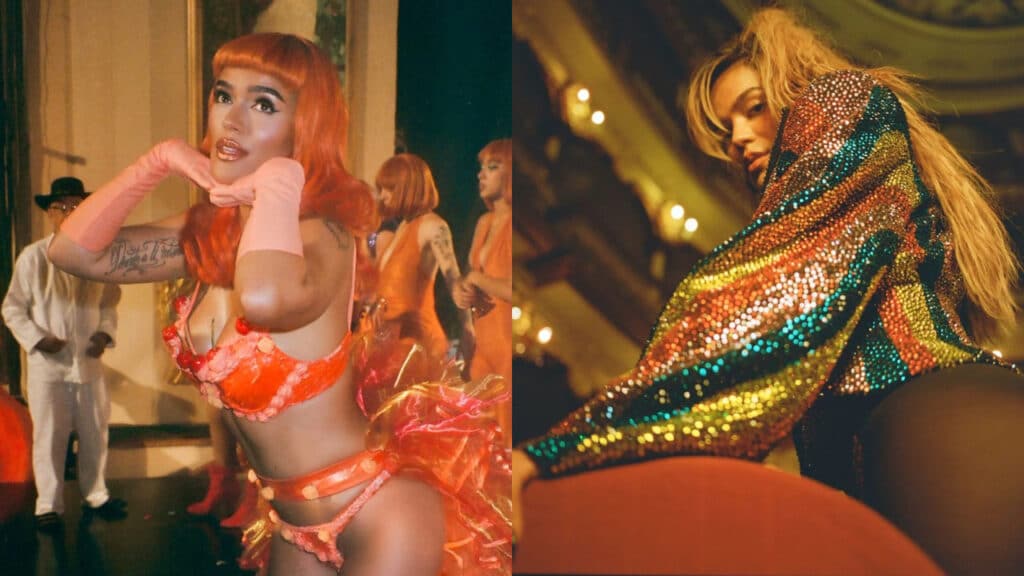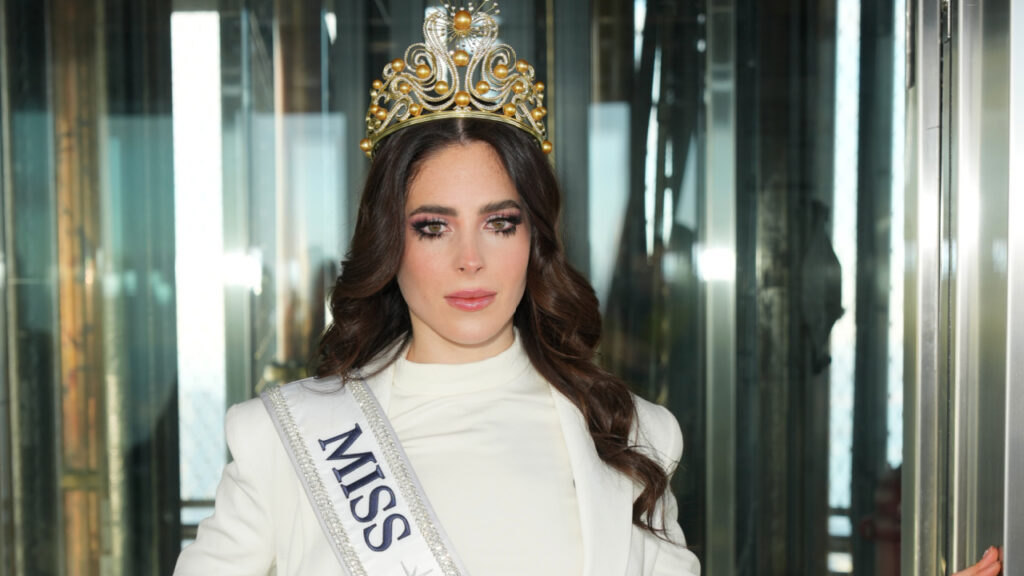Anya Taylor-Joy on Feminine Rage and Defying Hollywood Stereotypes: ‘I Am Promoting Women Being Seen As People’
If you Google Anya Taylor-Joy today, most stories you’ll see talk about her red leather Mugler “butt-baring” mini dress. The “Queen’s Gambit” actress surprised paparazzi outside the “Late Show with Stephen Colbert” with her outfit. But what some call “cheeky” and sometimes “iconic” is part of the defiance that characterizes one of the most prominent actresses in Hollywood.
The 28-year-old star is promoting her latest film “Furiosa: A Mad Max Saga,” the last project in an unstoppable career that spans almost ten years. However, Anya Taylor-Joy is more than a pretty face in perfectly curated outfits. The Buenos Aires-raised actress recently told GQ Magazine she has also been battling feminine stereotypes on set.
Anya Taylor-Joy calls it her ‘fight for feminine rage’
“I’ve developed a bit of a reputation for fighting for feminine rage,” Taylor-Joy said in the interview. “Which is a strange thing because I’m not promoting violence — but I am promoting women being seen as people. We have reactions that are not always dainty or unmessy.”
She was referring to all the times she went out of script and defied the reactions her characters were supposed to have. In “The Witch,” while filming the scene in which her character, Thomasin, is dragged in from the farmyard, the direction is that she would cry. Despite her usually being able to cry on cue, the tears would not come. “Eventually, I said, ‘She’s angry; she’s fucking pissed. She’s been blamed time and time again, and she’s not doing anything. We have to stop with the crying.'”
It is more than about tears. It’s about genuine representation of the feminine character
Later on, in 2022, Taylor-Joy’s character in “The Menu” discovers that her date has intentionally brought her to the film’s restaurant setting to die. The script read that her character would respond with a tear rolling down her cheek. “What planet are we living on? I was like, ‘Let me explain to you: I am going to leap across the table and try and literally kill him with my bare hands,'” she says.
As director Robert Eggers explained to GQ, in her next project, “The Northman,” Taylor-Joy “added another flourish of visceral fury” to the scene where she is about to sleep with a man against her will. Taylor-Joy remembers racking her brain for everything a woman might do to discourage someone from touching them. Then it came to her. “It was Anya’s idea for Olga to douse her hand with her own menstrual blood before slapping Fjölnir in the face,” Eggers says, recalling it as a “very strong, defiant, and memorable choice.”
For Taylor-Joy, changing the narrative was also a personal journey
Born in Miami and raised in Buenos Aires and London, the young actress faced criticism and bullying early on. She couldn’t fit in, and the language and cultural barriers made her feel like an outsider.
“The message I was getting at school was that everything about me was wrong. I think the way that I looked played into it, and then the extremes of my personality definitely played into it,” she says. “If I loved something, I loved something. I have no chill in any regard, and that can be frightening for people, I guess.”
But after her breakthrough with “The Witch,” she vowed never to make anyone else feel as she did during her childhood.
“As a survival mechanism, you learn to be self-effacing and self-deprecating. You bury yourself before anybody else does,” Taylor-Joy said. “What I’m coming to understand is: as long as you’re not causing anyone else harm, you have to stand your ground.”




